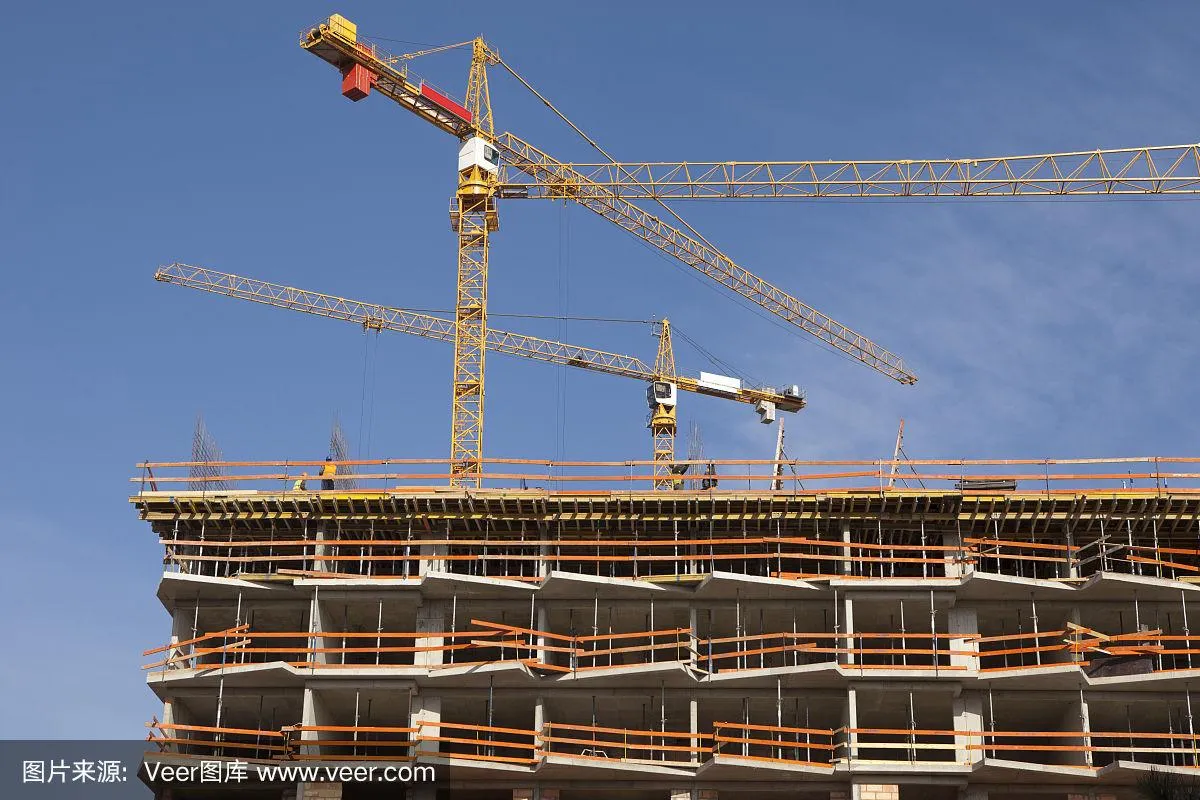
Enhancing Concrete Performance: Water Reducing Admixtures
In today’s construction industry, achieving high-performance concrete with optimal workability and strength is essential. A critical component in this process is the water-reducing admixture, which lowers the water content in a mix without compromising consistency. These admixtures improve strength, durability, and reduce permeability. Among various water reducing admixture types, there are three main categories: normal, mid-range, and high-range. High-range water reducers, commonly known as superplasticizers, offer the greatest improvement in workability and strength with minimal water content.

Polycarboxylic Ether: The Modern Solution
Among the advanced water reducers, poly carboxylic ether (PCE) has emerged as the most effective. This new generation of admixture works at a molecular level, providing high dispersion efficiency and longer workability retention. As a pce plasticizer, it allows for significant water reduction, often exceeding 30%, which translates to superior concrete performance in demanding applications.
The growing adoption of PCEs is also influenced by environmental factors. Their efficiency enables a lower cement-to-water ratio, reducing the overall carbon footprint of construction projects. Despite the impressive benefits, users often consider the superplasticizer price, which can vary depending on quality and source. However, due to its high performance and long-term benefits, PCE-based products often justify the investment.

Practical Applications and Industry Trends
When selecting a water reducer in concrete, contractors must consider the specific needs of the project, climate conditions, and required performance outcomes. While traditional lignosulfonate-based reducers still exist, they are increasingly replaced by high-performance PCEs in modern construction.
As the demand for durable, sustainable structures grows, understanding the range of water reducing admixture types and how they interact with different concrete mixes becomes essential. Engineers and builders should weigh both the technical performance and the superplasticizer price when choosing the right product. With innovations like poly carboxylic ether, the future of concrete technology looks stronger, greener, and more adaptable than ever.
Let me know if you want this rewritten in a different tone or expanded for a specific audience.
-
Hydroxypropyl Starch as a Sustainable Construction AdditiveNewsNov.24,2025
-
The Gelation Properties of CMCNewsNov.21,2025
-
Redispersible Latex Powder and Water Retention CapacityNewsNov.21,2025
-
Dosage Control for Polycarboxylate Water ReducerNewsNov.21,2025
-
Film-Forming Properties of Polyvinyl AlcoholNewsNov.21,2025
-
The Function of Gypsum Additives in MortarNewsNov.21,2025





















